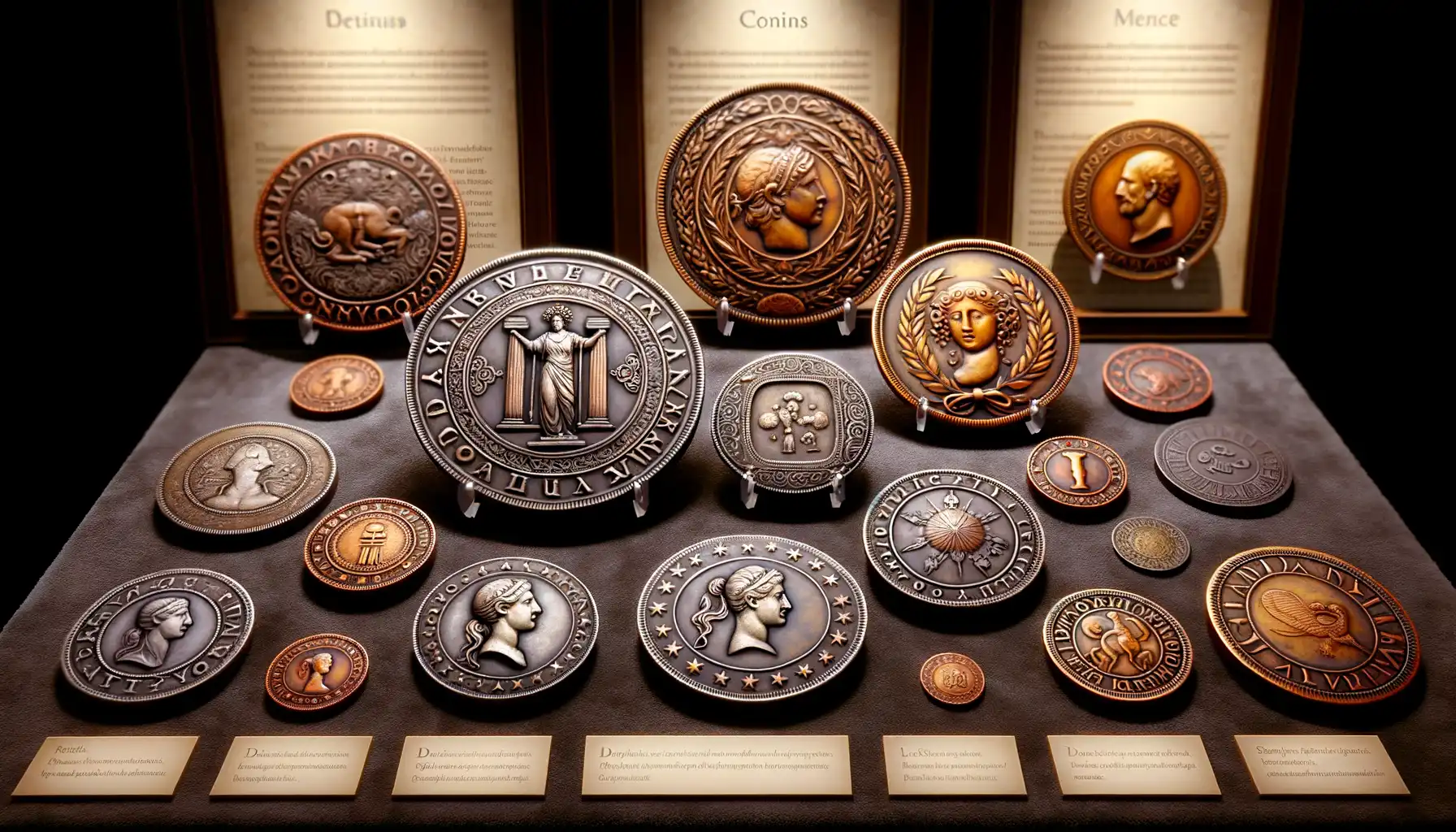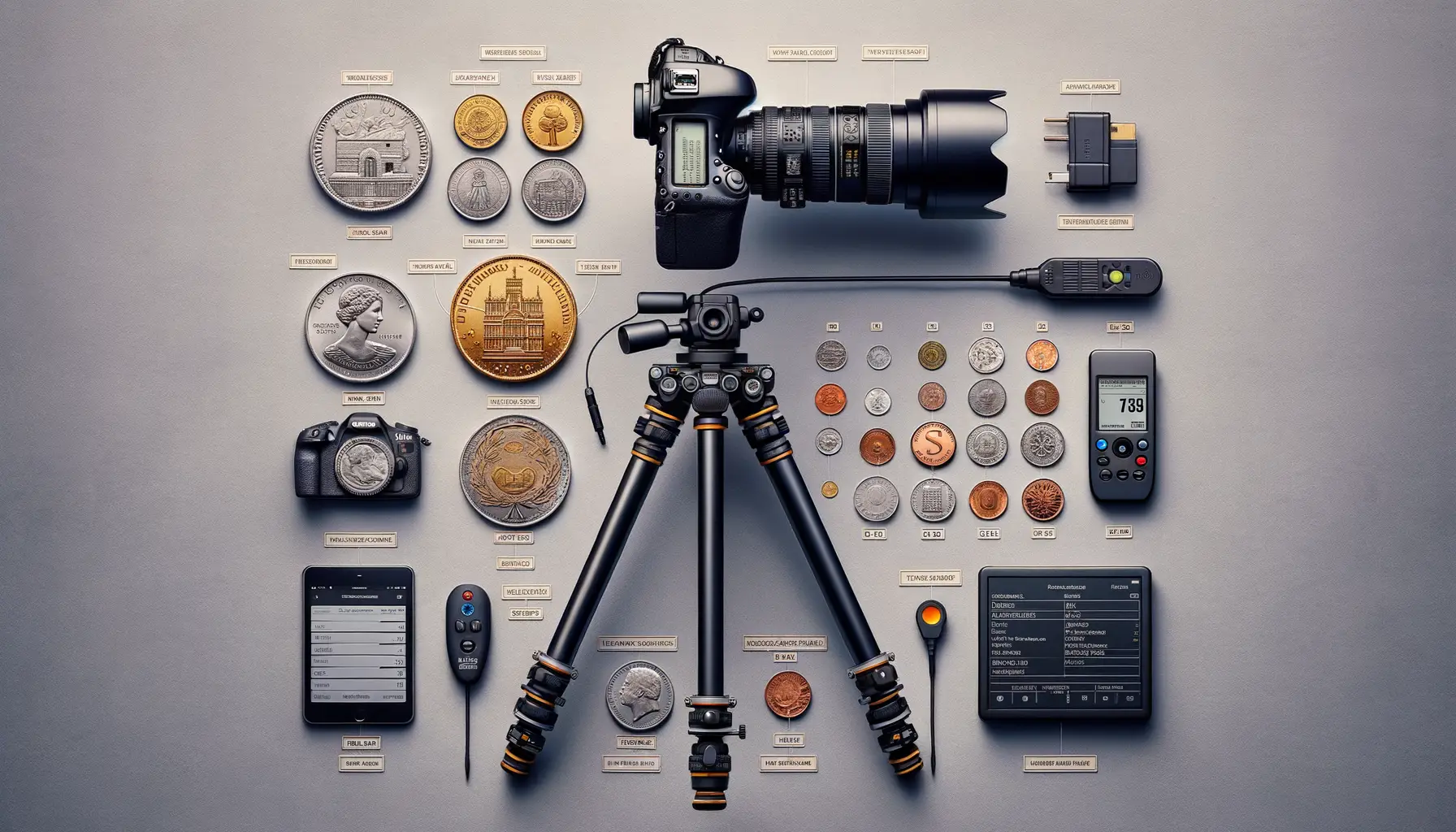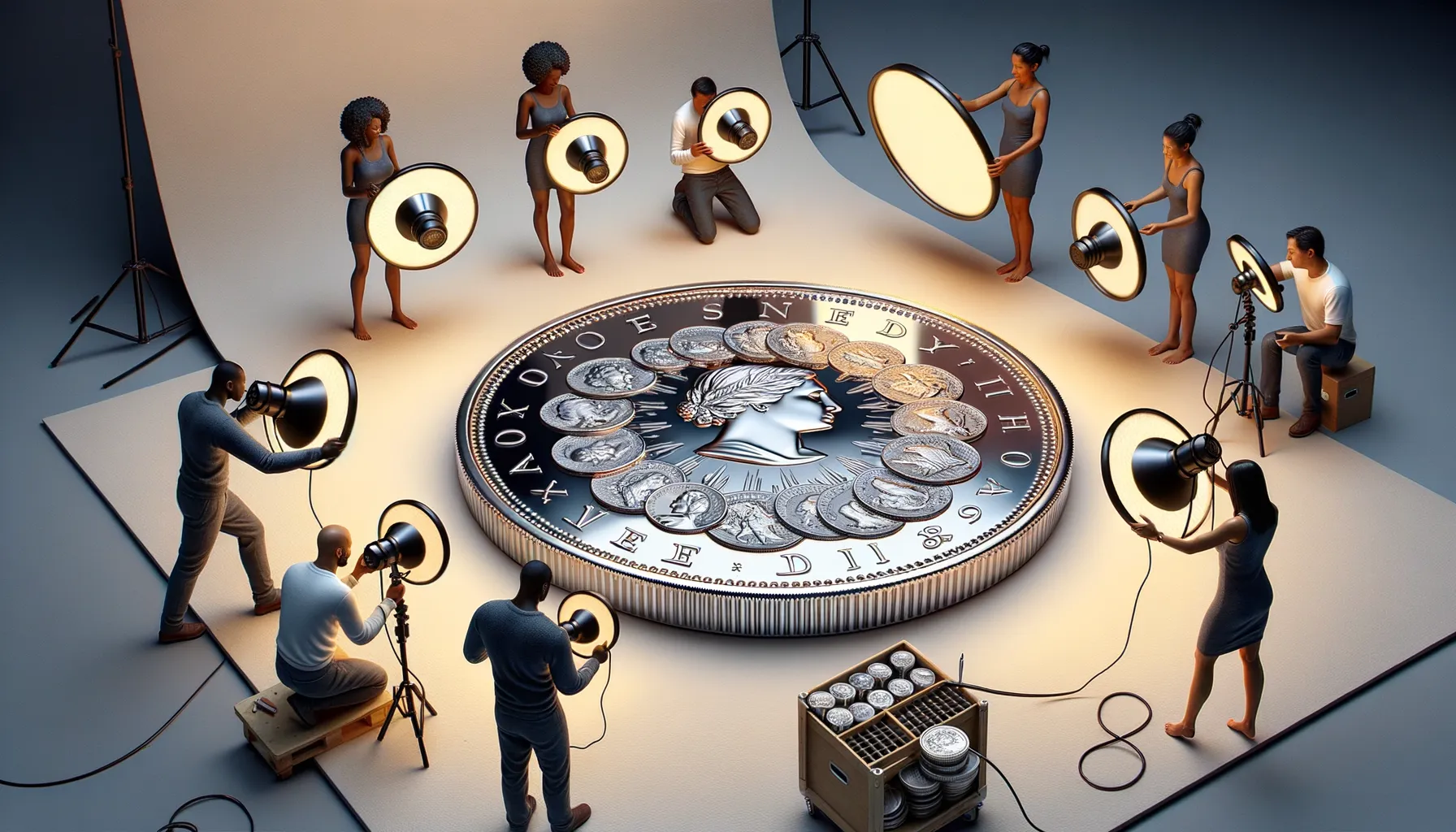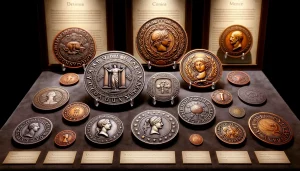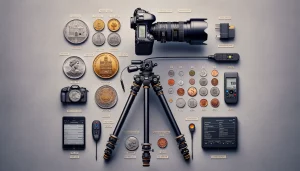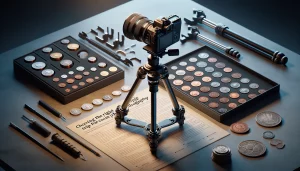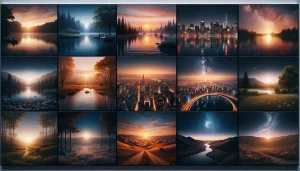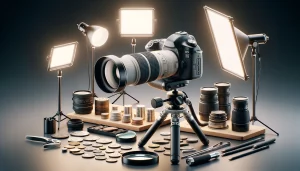Travel photography is the craft of capturing not just a place, but also its atmosphere, spirit, and emotions. However, even the most experienced photographer faces challenges: how to find the perfect angle, how to convey the play of light, how not to lose important shots? Modern technology makes these tasks easier, as due to them we are able to find the best locations, analyze composition, and even prevent loss.
Just as special applications help to solve the question “how to track a lost phone”, there are tools that simplify the life of a traveling photographer. For example, Number Tracker is a useful app that keeps you safe on the road, e.g. you can use it to share your location, stay in touch with your family, and even view your travel history. And specialized photo editors and maps with markings of the best locations will help you achieve perfect shots. Today we will talk about how to prepare for a photo trip and bring back more than just photos, but stories that come to life in the frame.
From Preparation to the Perfect Shot: Recommendations to Consider
Every shot of your trip will become a story at some point, which means that for it to succeed, it must be carefully considered. But successful shots are as much about talent as they are about proper preparation. From the choice of equipment and accessories to the ability to work with composition, light and movement – all these factors affect the result. So, let us take a look at them below.
- Choosing Camera and Accessories
The right equipment is the foundation. But choosing equipment should depend on your budget, as well as on the format of your shoot. Mobile photography lovers can rely on the latest smartphone cameras that offer advanced processing modes, night shooting, and even RAW format. Those who want to maximize quality can bring a mirrorless camera or a DSLR with a versatile lens (such as a 24-70mm) to capture landscapes, portraits, and urban scenes.
But beyond the camera, additional accessories are important. Spare batteries and memory cards eliminate the risk of missing an important shot, and a tripod can help you shoot at night or take sharp shots at slow shutter speeds. A polarizing filter removes glare from water and glass, and a neutral gray (ND) filter comes in handy for shooting moving water or clouds.
By the way, did you know that more than 85% of photos posted on social media are taken using smartphones. Modern mobile devices offer the same opportunities to create high-quality photos as professional cameras. A smartphone can help you out a lot, but still don’t neglect the rest of your technology.
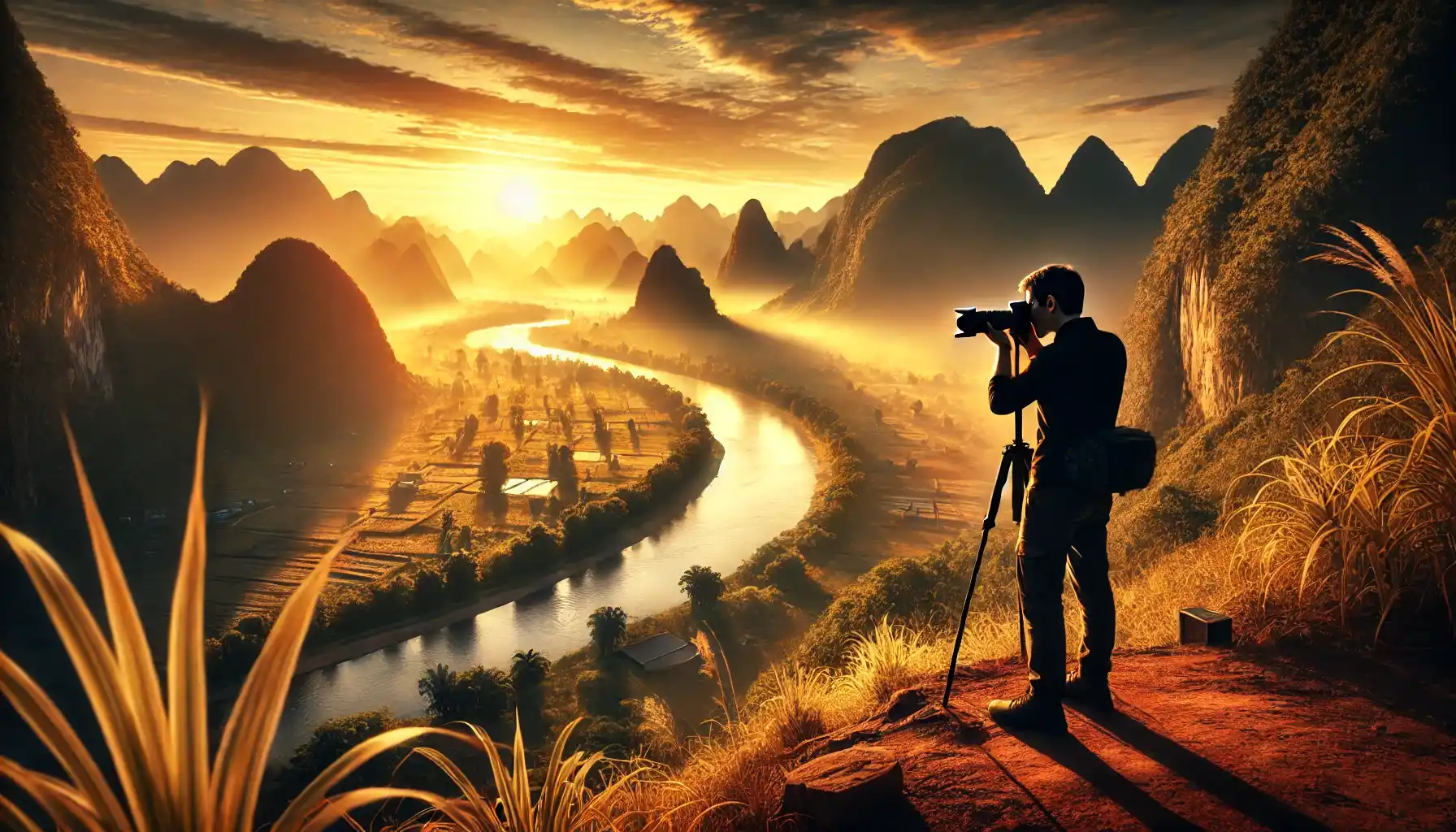
- Useful Technologies and Apps for Photographers
Modern technology makes life easier for the traveling photographer. For example, map and geo-tagging apps help you find the best locations to shoot, and AI tools enable instant photo editing to help reduce time on the road.
Here are a few apps that can be of great help in the planning and shooting process:
| App | Functions | Why it’s useful. |
| PhotoPills | Planning the shoot, calculating the golden hour | Ideal for landscape and night shots |
| Google Earth | Explore locations in advance | Allows you to find the best angles remotely |
| Lightroom Mobile | Quick photo editing | Allows you to instantly improve your shots |
| Snapseed | Free editor with powerful tools | Great for on-the-go processing |
| Number Tracker | Location tracking, route history | Useful for travel safety |
- Itinerary Planning and Preparation for Shooting
Professional photographers rarely rely on chance. Before traveling, it’s worth researching the locations where you’ll be shooting, look at other photographers’ images, check the weather forecast, check what time of day the location looks best. You can plan a spectacular photo shoot for the next time:
- Golden Hour is the best time to shoot. An hour before sunset and an hour after sunrise, the light is soft and the shadows are long, which creates volume in the photo.
- Blue Hour is ideal for evening shots of architecture and cityscapes.
- Midday is a difficult time to shoot because of the harsh shadows. Using reflectors or shooting in the shade can help.
It’s also a good idea to think about your route in advance. If you’re going to be short on time at a particular location, it’s important to know exactly where and when to shoot. You can even make a mini timeline so you don’t miss out on the best moments.
Tip: Plan your photos ahead of time using apps like PhotoPills to utilize optimal lighting and better prepare for your shoot. And here you also should remember to back up your photos with cloud services like Google Photos or Dropbox to avoid losing important content.
Travel Tips: How to Catch the Perfect Frame
If you lay a strong foundation in the preparation phase, the only thing left to do on the journey itself is not to miss the moment. Real skill consists in finding beautiful places, as well as in the ability to adjust to the environment, see unusual angles and convey emotions. Below you may find some tips to help you catch truly unique shots.
- Look for Unusual Angles and Perspective
The same subject can be captured in dozens of different ways, but the truly outstanding shots come when the photographer departs from standard angles. Try this:
- Shoot from a lower angle – this technique makes shots more expressive and dramatic. For example, raising the camera to the sky over an archway or bridge can create a spectacular shot.
- Use reflections – mirrored surfaces of water, shop windows, puddles or even sunglasses give the photo depth and surrealism.
- Include foreground – if there are foreground elements in the frame (tree branches, columns, windows), they create the effect of presence and make the photo more three-dimensional.
- Experiment with symmetry and diagonals – photos with objects along lines (e.g. roads, bridges, rails) look more dynamic.
Interesting Fact: A study conducted by National Geographic magazine found that photos with original perspective attract more attention and get more responses from viewers.
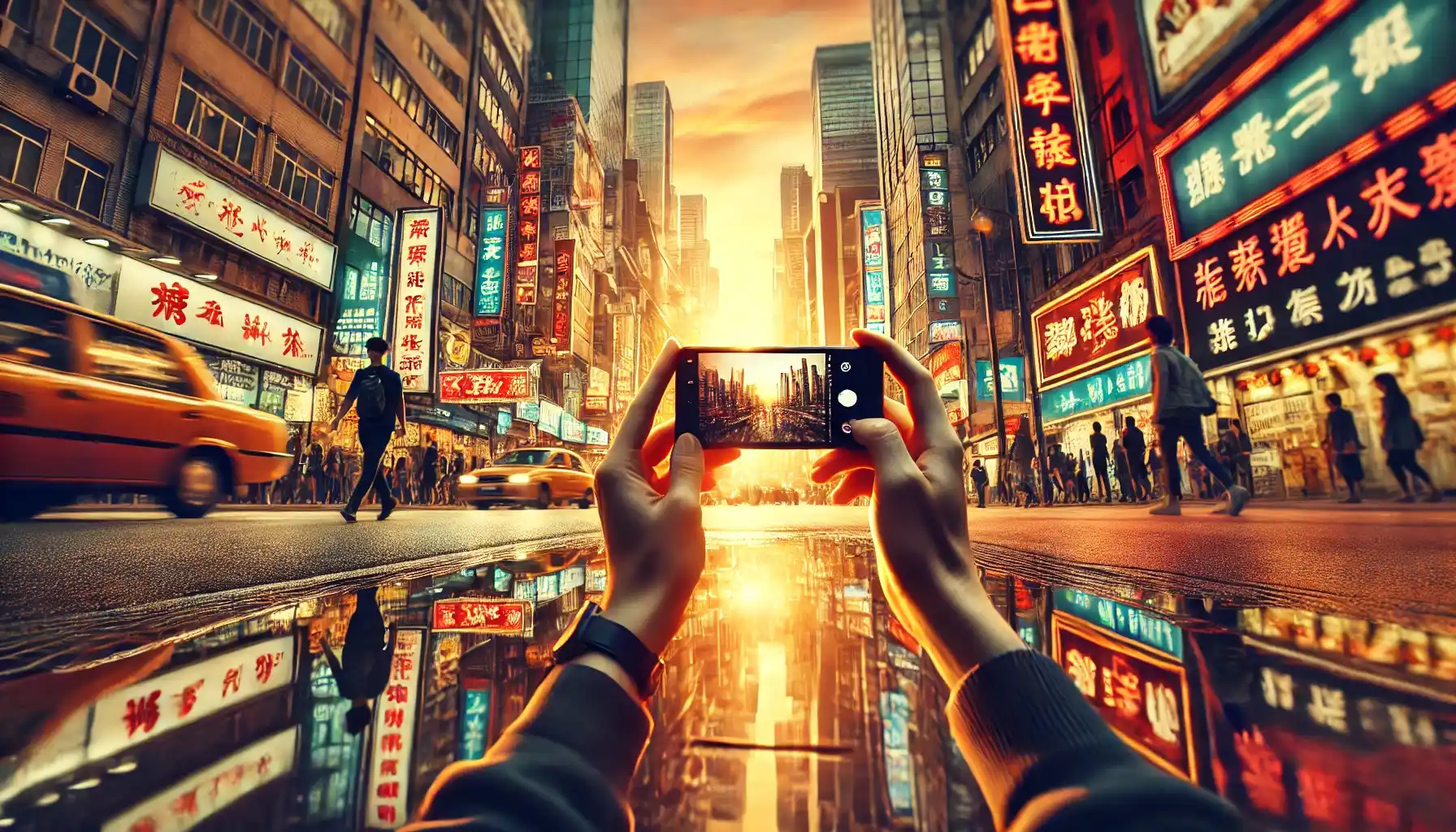
- Take Pictures with Motion
Static shots are beautiful, but lively photos with elements of movement create presence and emotion. To capture motion in a photo, use a few tried-and-true techniques.
First, burst mode can help you capture the perfect moment, whether it’s a person jumping, children running, or a bird spreading its wings (especially useful for capturing spontaneous action where the precision of the moment is important).
Secondly, slow shutter speeds are great for shooting scenes where movement leaves behind a beautiful trail. For example, the blurring of water in a waterfall, the streaks of light from car headlights on night streets, or the blurry flow of people in a busy square.
Finally, experiment with blurred dynamics. A slight blurring of a moving object against a clear, static background creates an effect of speed and energy. This technique is often used to convey the feeling of running, biking, or traffic.
Tip: Try taking several shots of the same object with different settings – this will help you choose the best option during processing.
- Capture Details, Conveying the Atmosphere of the Place
Landscapes and architecture are important, but it is the people that bring the shots to life. Photographs with locals, tourists or even street musicians can capture the spirit of the trip. To take such photos you should shoot candid moments rather than staged shots – this gives the photo more realism. Also, don’t forget to include the environment – the person in the frame should complement the location, not obscure it. And, perhaps, the most important thing – take into account emotions: a smile of a seller at the market or a pensive look of a guide can convey more than the landscape itself.
And a little secret – do not forget about the little things. Sometimes the most interesting shots are not the majestic landscapes, but the small details that create the atmosphere:
- Textures of walls, tiles, doors – they give the shot depth.
- Food and drink – gastronomic shots bring the story of the trip to life.
- Signs, plaques, tickets, graffiti – they work greatly in visual storytelling.
Tip: Try taking a series of shots in the same style (e.g. just doors or patterns on facades) – making for an interesting collection.
Catch the Moment
Good photography is as much about technique as it is about looking at the world. Be attentive to details, experiment with angles and do not be afraid of being spontaneous. After all, the most valuable shots are those that convey the atmosphere and emotions of your trip.
